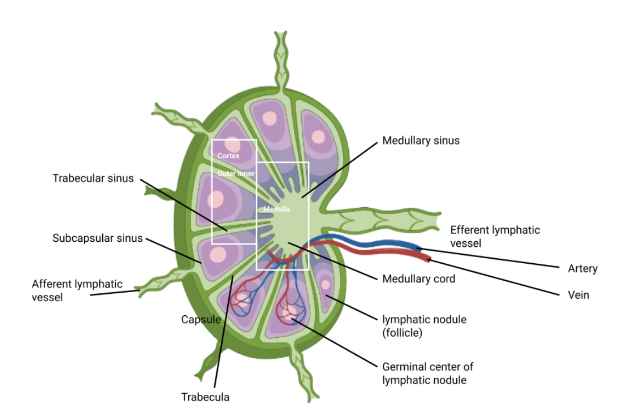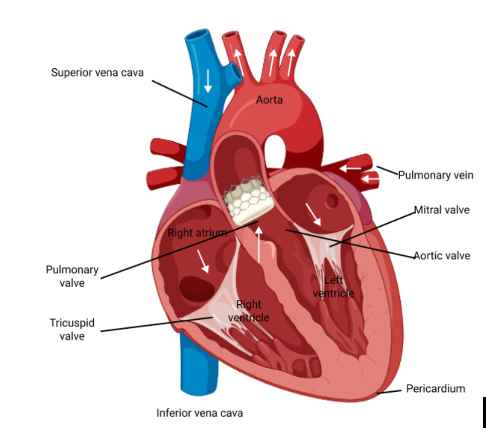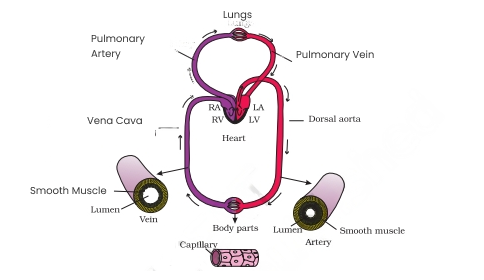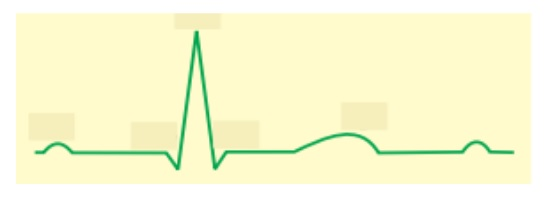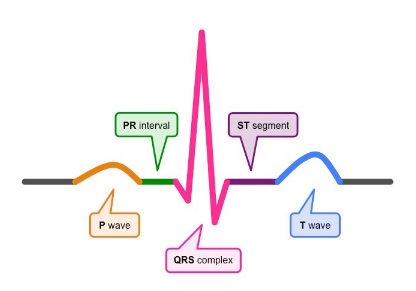CBSE Biology Chapter 15 Class 11 Body Fluids And Circulation Notes: FREE PDF Download
FAQs on Body Fluids And Circulation Class 11 Notes: CBSE Biology Chapter 15
1. What are the different classifications of blood cells?
Students can refer to Chapter 15 Biology Class 11 notes to learn about the three types of blood cells. These cells are - Erythrocytes, Leukocytes, and Thrombocytes. Erythrocytes are the red blood cells, leukocytes are the white blood cells and thrombocytes are the blood platelets. Leukocytes can further be classified into granulocytes and agranulocytes. The revision notes will help the students learn about further classification, importance, and the characteristics of all these different types of blood cells.
2. What are some of the disorders of the circulatory system?
Biology Class 11 Chapter 15 notes will help the students recollect the disorders of the circulatory system. These disorders include hypertension, coronary heart disease, angina, and heart failure.
3. What are the best Revision Notes for Class 11 Biology, Chapter 15 - ‘Body Fluids and Circulation?’
Vedantu's Revision Notes is the best study material for Class 11 Biology, Chapter 15- ‘Body Fluids and Circulation.' These notes cover all the important topics and concepts from each chapter from an examination viewpoint. These are the best quality notes as they are prepared by an expert faculty comprising the topmost Biology teachers in India. The notes are error-free, crisp and well-structured. Revising from these notes after studying the chapter from NCERT will help you ace the Biology exam.
4. What is circulation class 11?
As discussed in this chapter, circulation can be defined as the flow of fluids, especially the flow of blood through an organism's body. The blood flows through the tissues in the body. It acts as a medium of transportation of nutrients, minerals, gases such as oxygen and carbon dioxide, and waste products generated by the body. The circulation of blood in the body takes place with the help of a circulatory system comprising the heart and the blood vessels- arteries and veins.
5. What is Erythroblastosis Fetalis Class 11?
The chapter discusses the Hemolytic disease of the newborn (HDN), which is also called erythroblastosis fetalis. When the blood type of the mother and the baby are incompatible, it causes this anaemic blood disease in a newborn infant or the fetus. The blood type incompatibility is caused when the circulating blood has an abnormal level of erythroblasts. The treatment for HDN is intrauterine blood transfusion in the mother's body to reduce anaemia in the unborn child.
6. What are the body fluids?
The fluids produced by an organism's body are called bodily fluids. The primary function of body fluids, in general, is transportation i.e, delivering the essential nutrients, minerals and oxygen to the cells and disposing of the waste materials from the body. This function is performed by the blood, which is one of the most important body fluids. Some other examples of body fluids are- saliva, urine, semen, vaginal fluids, breast milk, gastric fluids, nasal fluid, cerebrospinal fluid and pericardial fluid.
7. Can you please provide a detailed Stepwise Study Plan to ace Class 11 Biology, Chapter 15 - ‘Body Fluids and Circulation?’
The first step to ace Class 11 Biology, Chapter 15 - ‘Body Fluids and Circulation' is to read the chapter from the NCERT textbook thoroughly. Try to understand the concepts instead of rote learning or mugging up the NCERT text. Try to study by interlinking the concepts to retain them for a long time. To remember and revise important points from each topic of this chapter, refer to Vedantu's Revision Notes from the page CBSE Class 11 Biology Revision Notes Chapter 15. Lastly, clear all doubts and practice as many questions as you can to ace this chapter. All the study materials provided by the Vedantu are free of cost and can be accessed on the Vedantu official website.
8. What are body fluids, and why are they important in Class 11 Biology Body Fluids And Circulation Notes?
Body fluids, such as blood and lymph, play a crucial role in maintaining homeostasis in the body. They help in the transport of nutrients, gases, and waste materials, ensuring that all cells function properly. In Class 11 Biology Body Fluids And Circulation Notes, understanding these fluids is key to learning how the body regulates vital functions.
9. What is the significance of blood circulation in Body Fluids And Circulation Class 11 Notes PDF Download?
Blood circulation is essential as it transports oxygen, nutrients, and hormones to cells and removes waste products like carbon dioxide. The Body Fluids And Circulation Class 11 Notes PDF Download highlights the importance of the circulatory system in maintaining the overall functioning of the body.
10. How does the lymphatic system work according to Body Fluids And Circulation PDF Notes?
The lymphatic system is responsible for collecting and returning interstitial fluid to the bloodstream. It also plays a role in immune defence. Body Fluids And Circulation PDF Notes explain how this system helps maintain fluid balance and protect the body from infections.
11. What are the components of blood, and why are they important in Body Fluids And Circulation Class 11 Short Notes?
Blood consists of red blood cells, white blood cells, platelets, and plasma. Each component has a specific function, such as transporting oxygen, fighting infections, and clotting blood. Body Fluids And Circulation Class 11 Short Notes emphasise understanding these components for a better grasp of how the circulatory system works.
12. How do blood groups and transfusion compatibility work in Body Fluids And Circulation Class 11 Notes?
Blood groups are determined by the presence of specific antigens on red blood cells. Understanding blood group compatibility is crucial for safe transfusions. The Body Fluids And Circulation Class 11 Notes provide clear explanations about different blood groups and their compatibility for transfusion.
























